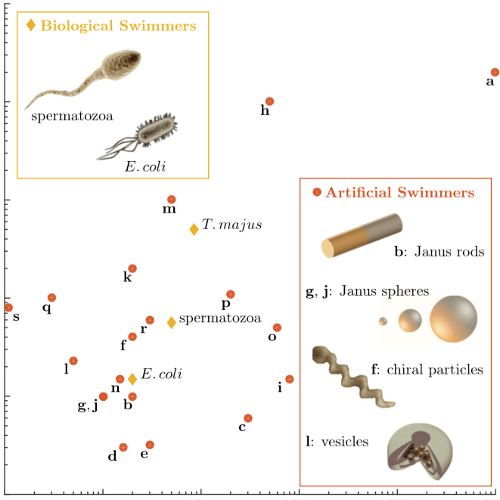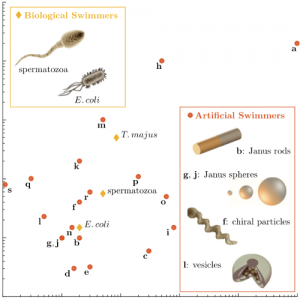Complex Dynamics in Active Matter Systems, Frustration Effects, Magnus Forces and Synchronization
Charles Reichhardt
Los Alamos National Laboratory
30 November 2023, 16:30, Nexus
Active matter denotes systems with self-propulsion and arises in biological, soft, robotic, and social settings [1]. Here, we outline some of our group’s recent efforts in active systems, including active matter interacting with ordered and disordered substrates, where various kinds of active clogging and commensuration effects can occur that have connections with frustrated systems and Mott physics. We also discuss chiral active systems with a Magnus force, where we find edge currents similar to those found for topological systems or charged particles in magnetic fields. In the presence of quenched disorder, the chiral active system also shows side jump effects with an active matter Hall angle. Finally, we discuss coupled active matter swarmulators where, in addition to activity, the particles have an internal degree of freedom that can become synchronized or antisynchronized. This system shows a variety of new kinds of motility-induced phase-separated states, including active matter stripes, frustrated states, gels, cluster fluids, and glassy states.
[1] Active Brownian particles in complex and crowded environments, Clemens Bechinger, Roberto Di Leonardo, Hartmut Lowen, Charles Reichhardt Giorgio Volpe, and Giovanni Volpe, Reviews of Modern Physics 88 045006 (2016).

